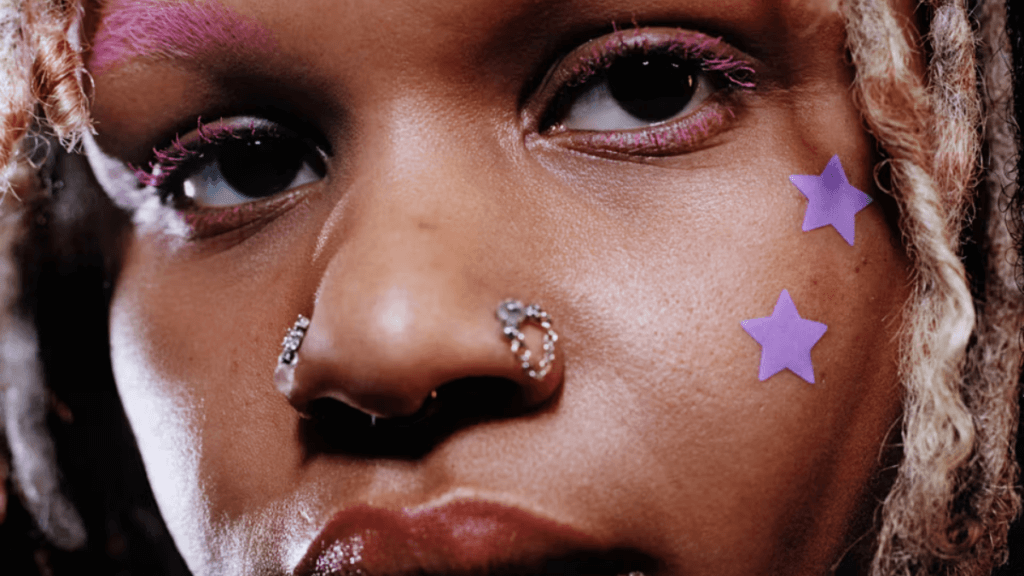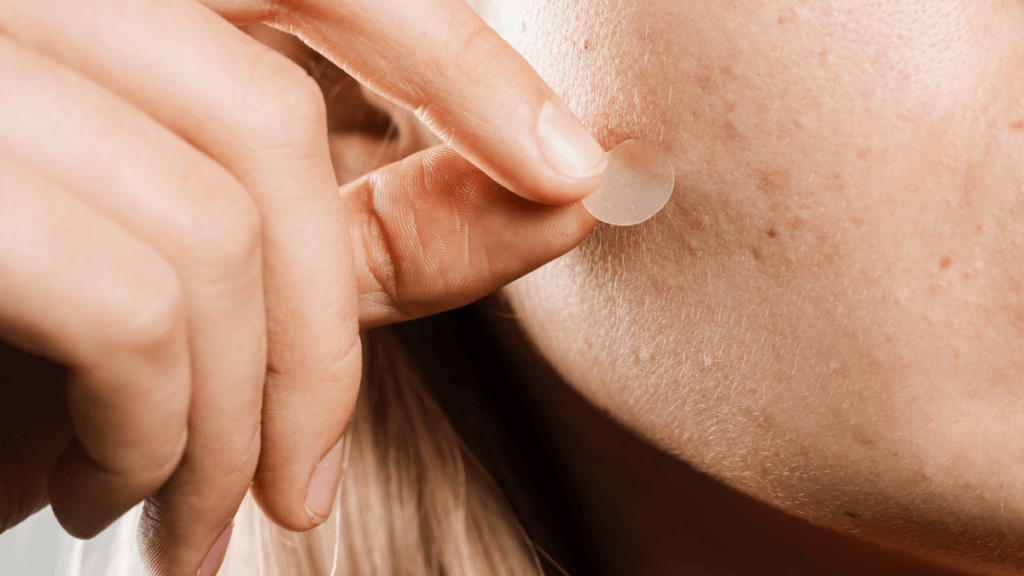Exploring The Effectiveness Behind Acne Patches
Maybe it’s just me, but recently I have seen pimple patches just about everywhere! In the supermarket, at the pharmacy, and all over social media. Reminiscent of the iconic nose strips we all loved, bought, and wore at every single girls’ night in the early 2000s. Pimple patches, however, are clearly not meant to be worn behind closed doors.
Spotted (pun intended) on celebrities to social media influencers, pimple patches are not just a quick remedy to soothe an inflamed pimple and protect your skin, but a fashion trend of sorts. The real question though, do they really work, or are they merely a modern fad and money-making scheme?
A Closer Look At These Miracle Patches
Pimple patches, also known as spot stickers, clear patches, acne patches, and “something you may need in your life right now”, are designed to help dry out and conceal inflamed pores. They also protect said blemish from additional pollution, dirt, and those pesky, picking fingers that can further aggravate it! Because let’s face it, there aren’t many things quite as tempting as scratching a brand-new pimple!
And more often than not, these miracle stickers contain hydrocolloids as their main ingredient. Hydrocolloid, derived from gelatin or pectin, is a gel-like material that absorbs the excess fluids from pimples. I know, it sounds super gross, but who even cares if it works, right? Some pimple patches even include additional ingredients like salicylic acid, benzoyl peroxide, or tea tree oil to assist with inflammation and bacteria.
So, in a nutshell, pimple patches are designed to work their magic by creating a protective seal over your skin while absorbing excess fluids like oil and dirt to soothe those inflamed spots. They are also most effective on surface-level pimples that have already formed a head.
Unlike the blackhead-removing nose strips mentioned earlier, which only came in bleach white or midnight black, pimple patches cater to all kinds of personalities. Some are transparent for the more inconspicuous look (super ideal for those who don’t want to draw attention to their new facial feature), while others are bright, fun, and funky (designed for those who embrace skin imperfections and aim to constantly put a positive spin on things).

Pimple Patches In The Spotlight
Let it be known, pimple patches are not just for hormonal teenagers or mere mortals like you and me. They are for the rich and famous too. Celebrities who have proudly flaunted their pimple patches include Anne Hathaway, Millie Bobby Brown, Florence Pugh, and new parents Justin and Hailey Bieber. After all, pimples do not discriminate, so why shouldn’t celebrities enjoy the benefits that pimple patches offer?
The takeaway here is that pimples are no longer as taboo as they once were. So many people no longer feel the need to draw the curtains and hide in dark corners of their homes until their breakout has cleared up. And this shift likely stems from the realisation that everyone on this planet has fallen victim to a pimple or two at some point in their lives. Everyone. Absolutely everyone.
So when the pimple monster strikes, wear your pimple patch with pride!
5 Pimple Patches That Seem To Make A Difference

① Florence By Mills Spot A Spot Blemish Patches
Ingredients: Salicylic acid and tea tree oil.
Appearance: Assorted lilac-shaped stickers (clouds, whales and butterflies).
② Hero Cosmetics Mighty Patch Original Acne Patches
Ingredients: Hydrocolloid.
Appearance: Transparent stickers.
③ CosRX Acne Pimple Patch
Ingredients: Hydrocolloid.
Appearance: Transparent stickers.
④ Starface Hydro-Stars Hydrocolloid Pimple Patches
Ingredients: Hydrocolloid.
Appearance: Neon yellow star-shaped stickers.
⑤ ZitSticka Invisible, Ultra-Sheer Hydrocolloid Patches
Ingredients: Hydrocolloid, azelaic acid, and tea tree oil.
Appearance: Transparent stickers.
But Do Pimple Patches Really Work?
Drum roll please, because it’s time for the million-dollar question on everybody’s mind, do pimple patches work? It seems that most pimple patches have received glowing reviews to indicate that yes, they do help treat occasional breakouts, reduce inflammation, and speed up healing.
And, they can also help prevent most people from picking at their skin! Hooray for days. However, having said that, it is very important to note that pimple patches do have their limitations.
For example, they are not effective for all types of acne, including cystic acne, large-scale breakouts, and closed or deeper lesions. They also cannot prevent acne from coming or clear clogged pores. They are intended to help clear already-existing surface-level pimples.
Here Are Some Of Our Final Thoughts
Pimple patches have gained significant popularity, and for good reason. While they may not be a cure-all for acne, they offer an effective, quick, and discreet (or not so discreet, depending on your pimple patch preference) way to reduce the appearance of pimples.
They work best for surface-level blemishes, and many people have found them to be an incredibly helpful addition to their skincare routine. But don’t just take my word for it. According to a 2006 pilot study, hydrocolloid patches significantly reduced the severity and inflammation of acne lesions over 3 to 7 days compared to a control group. Another study found that hydrocolloid patches improved the general appearance of popped pimples on days 1 and 4, indicating accelerated healing.
So, there you have it. Of course, as with any product, the key is to find the right type of patch for your specific skin needs and use it as a complement to a broader acne care regimen.


